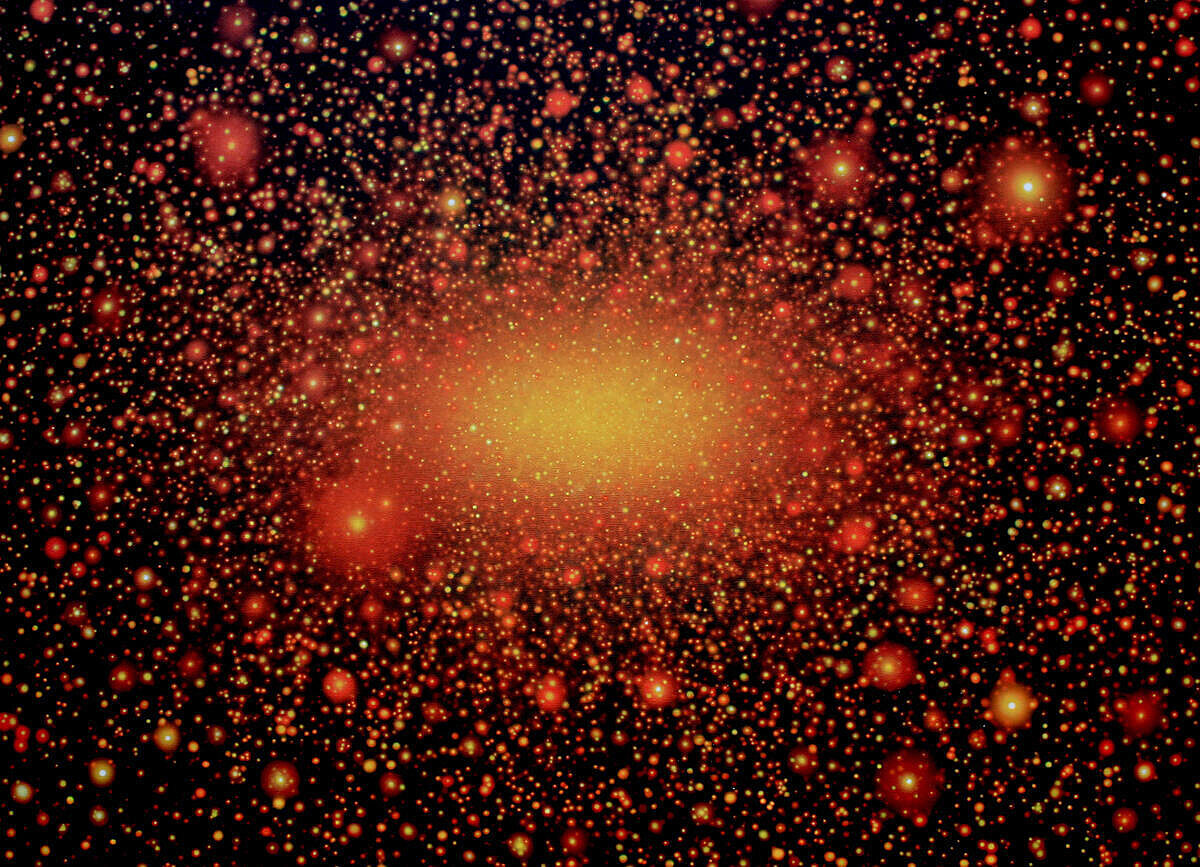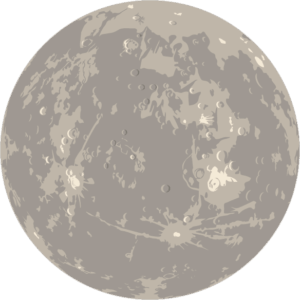The Downlink • Feb 24, 2023
Red hot space
Space Snapshot

ESA and NASA’s Solar Orbiter spacecraft captured this image of Mercury transiting in front of the Sun in January. Mercury is the black circle toward the lower right; higher up, you can see dark sunspots of comparable sizes. Another instrument on the spacecraft captured a video of Mercury as it passed in front of the outer layers of the Sun’s atmosphere. Image credit: ESA & NASA/Solar Orbiter/PHI Team.
You love space, now take action
This weekly newsletter is your toolkit to learn more about space, share information with your friends and family, and take direct action to support exploration. Anyone can subscribe at planetary.org/connect to receive it as a weekly email.
Mission Briefings


Behold, direct images of an exoplanet. The Very Large Telescope in Chile took these photos of a Jupiter-sized planet in orbit around AF Leporis, a star 87.5 light-years away that is about as massive and as hot as the Sun. The telescope used an instrument fitted with a coronagraph, which blocked the star’s light (the black circle with the classic star symbol) to observe the planet, which is at about the same distance from the star as Saturn is from the Sun. This is the least massive exoplanet the telescope has imaged thus far. Image credit: ESO/Mesa, De Rosa et al.

China’s Zhurong Mars rover appears to be facing challenges. Images from NASA’s Mars Reconnaissance Orbiter show that the rover has not moved since at least September 2022. Zhurong was expected to autonomously resume activities around December after a planned hibernation during the Martian winter. The Chinese government has not provided any public updates about the state of the mission.

The European Space Agency is planning an in-space asteroid hunting mission. The proposed mission, called NEOMIR, would send a spacecraft to a stable orbit between the Earth and the Sun, allowing it to spot asteroids coming from the direction of the Sun. Details of the mission are currently being fleshed out, with a 2030 target launch date.

A NASA safety panel has raised concerns about Artemis. The annual report from the Aerospace Safety Advisory Panel stated a concern that “NASA’s concerted attention to a healthy safety culture may have diminished, leaving NASA vulnerable to the same flaws that contributed to previous failures.” The panel also pointed out that the “irregular cadence” of Artemis missions and the changing nature of each mission could lead to challenges, essentially making every new mission a test mission.
From The Planetary Society


In infrared, Io shows just how red-hot a little moon can be. This photo comes from NASA’s Juno spacecraft, which is now in its extended mission phase and turning its sights from Jupiter to its large moons. In this image, brighter colors represent higher temperatures. Learn more about the Solar System’s most volcanically extreme little world. Image credit: NASA/JPL-Caltech/SwRI/ASI/INAF/JIRAM.

If you want to get samples back from the red planet, you’ve got to plan ahead. NASA’s overarching Mars Sample Return program consists of a series of missions over decades, and requires sustained support from Congress. This week’s Planetary Radio features a conversation with planetary scientist Meenakshi Wadhwa about the triumphs and challenges the program has encountered so far, and what’s yet to come in humanity’s efforts to understand our neighboring world.
What's Up

The two brightest planets are snuggling up in the night sky this week. In a stunning pairing, on March 1, super bright Venus and very bright Jupiter will be about the equivalent of one Moon diameter apart in the West soon after sunset. On February 27, the Moon is near reddish Mars. Find out more on this month’s night sky page.
Dreaming of the red planet?

The Planetary Society’s online store features a collection of magnets (pictured), T-shirts, stickers, and more that celebrate our planet’s fascination with Mars. Every purchase directly supports The Society’s mission to advance the exploration of this world and many others.
Wow of the Week

This artwork from Planetary Society member Andrew Stewart is titled “The Cosmos” and was inspired by the work of Carl Sagan. Sagan co-founded The Planetary Society because he believed in the value of exploring space to understand the Cosmos and our place within it. This piece of art captures the abundance of stars in any patch of sky, all of which could be host to planets and maybe even life. Image credit: Andrew Stewart.
Send us your artwork!
We love to feature space artwork in the Downlink. If you create any kind of space-related art, we invite you to send it to us by replying to any Downlink email or writing to [email protected]. Please let us know in your email if you’re a Planetary Society member!


 Explore Worlds
Explore Worlds Find Life
Find Life Defend Earth
Defend Earth


